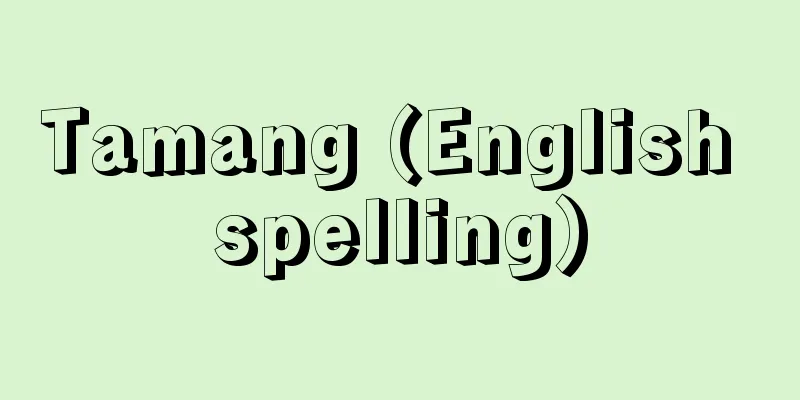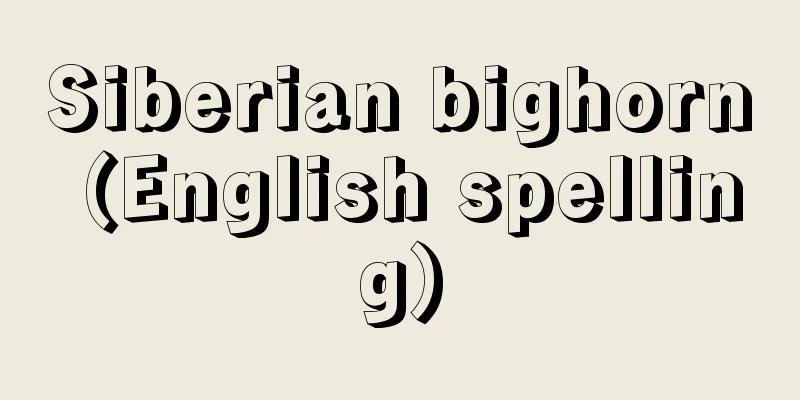Colophon - Note

|
The text written after the last line of a scroll or book. This term originates from the ancient practice of calling the right edge of a sheet of paper "hashi" (edge) and the left edge "oku" (inner space). In contrast, the part at the beginning of the writing is called "hadakuri" and the text written in the right margin is called "hadoshi" (edge writing). Colophons on books and other documents are used to record the origin of the text, the date of copying, and other information. They are useful for determining the historical value of the book. They are also used as a certificate by a master to prove the excellent skills of his or her student. This is because when a student learned the correct way to read a book and wrote it down, the student would have the master's certificate written on the innermost part of the book, and so licenses and letters of instruction stating that the student had mastered the secret arts came to be called colophons. As an artistic term, it refers to the text at the end of a scroll, booklet, or manuscript that gives information about the author, date of production, place, history, and content of a calligraphy, painting, or work. Nowadays, it also refers to the text that government agencies write at the end of a document to certify the authenticity of its contents. Source: Encyclopaedia Britannica Concise Encyclopedia About Encyclopaedia Britannica Concise Encyclopedia Information |
|
巻物や書物の最終行の次に書かれた記事。古来,用紙の右端を端 (はし) ,左端を奥 (おく) と呼んだことから生れた呼称。これに対し,書出しの部分を端作り,右端の余白に書かれた記事を,端書などと呼ぶ。書物などの奥書は,その伝来や書写の由来,年月などを記すのを例とした。書物の史料的価値を定めるのに役立つ。また師匠が,弟子の技量の優秀なことを証明する証文をいう。これは,ある書物の正しい読み方を修得してそれを書きつけた弟子が,その書物の奥に師匠の証明を書き添えてもらったことから,奥儀を体得した旨の免許状や伝授状なども,奥書というようになったもの。また美術用語として,書画,著作物などの筆者,制作の年月日,場所,由緒,内容などを巻物,冊子 (さっし) ,写本の最末尾に記した文章のことをいい,現今では,官公署が文書の内容が真正であることを証明するため,末尾に書く文をもいう。
出典 ブリタニカ国際大百科事典 小項目事典ブリタニカ国際大百科事典 小項目事典について 情報 |
>>: Outdoor Advertising - Okugaikokoku
Recommend
Spakenburg (English spelling)
A fishing village in the province of Utrecht in th...
Orelkiak
…Example: In Aita‐k semea maite du.〈Father loves ...
Palmae
...In Japan, coconut palms (illustration) were tr...
Kallikak family
This family is known for being the subject of HH G...
"Light-hearted Arare Sake" - Karukuchi Arare Sake
...Rakugo. The original story is "The Free-s...
Gasteria
…All species are small and neat, and can grow ind...
Yunoko [Hot Spring] - Yunoko
A hot spring located in the northern part of Minam...
Tsukiige - Tsukiige
A thorny perennial grass of an unusual shape that ...
Production Spirit - Ikumusubi
…It is also written as production day or producti...
Wooden coffin - Mokkan
A general term for wooden containers for storing ...
Okayama Astrophysical Observatory
A nationally shared observation facility attached...
Cow Clock - Ushidokei
… The semantic unit of time in folk societies is ...
Al-Anbār (English spelling)
An ancient Mesopotamian city located on the left b...
Eubulidēs
A Greek philosopher from around the 4th century BC...
Aseroe rubra (English spelling) Aseroerubra
…[Rokuya Imaseki]. . … *Some of the terminology e...









